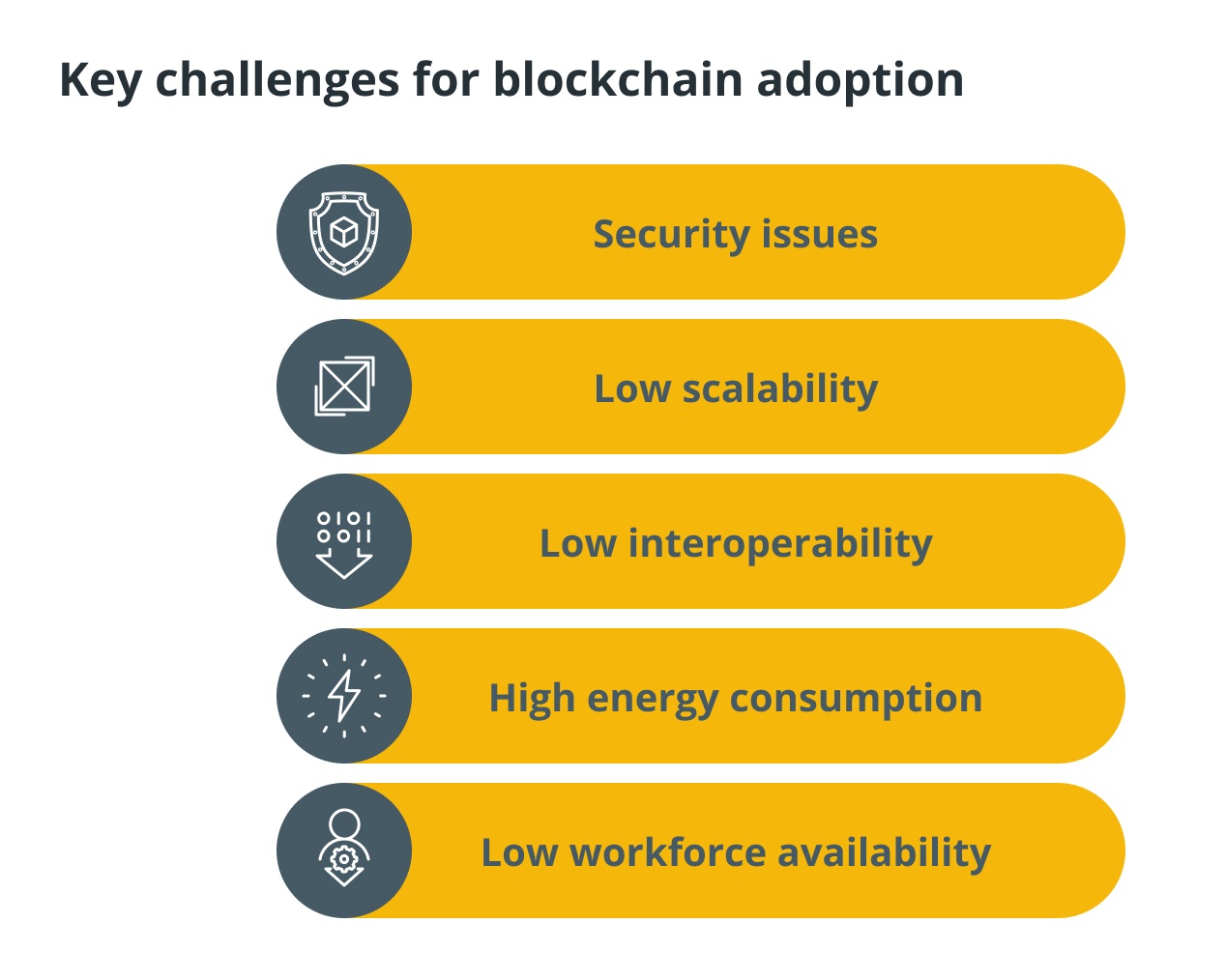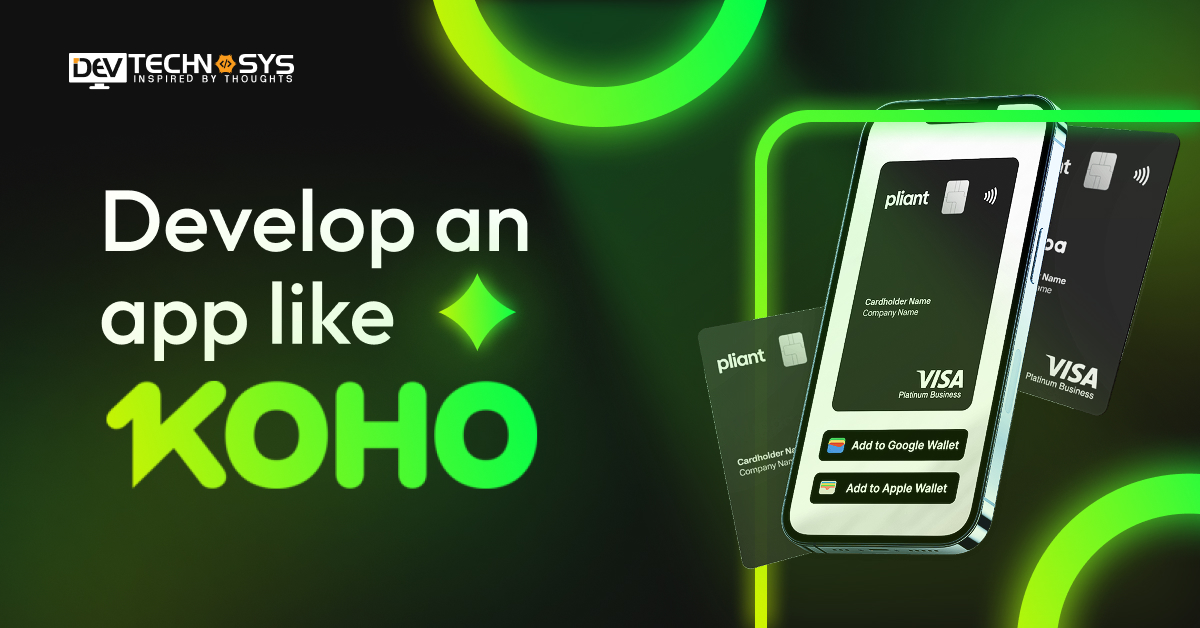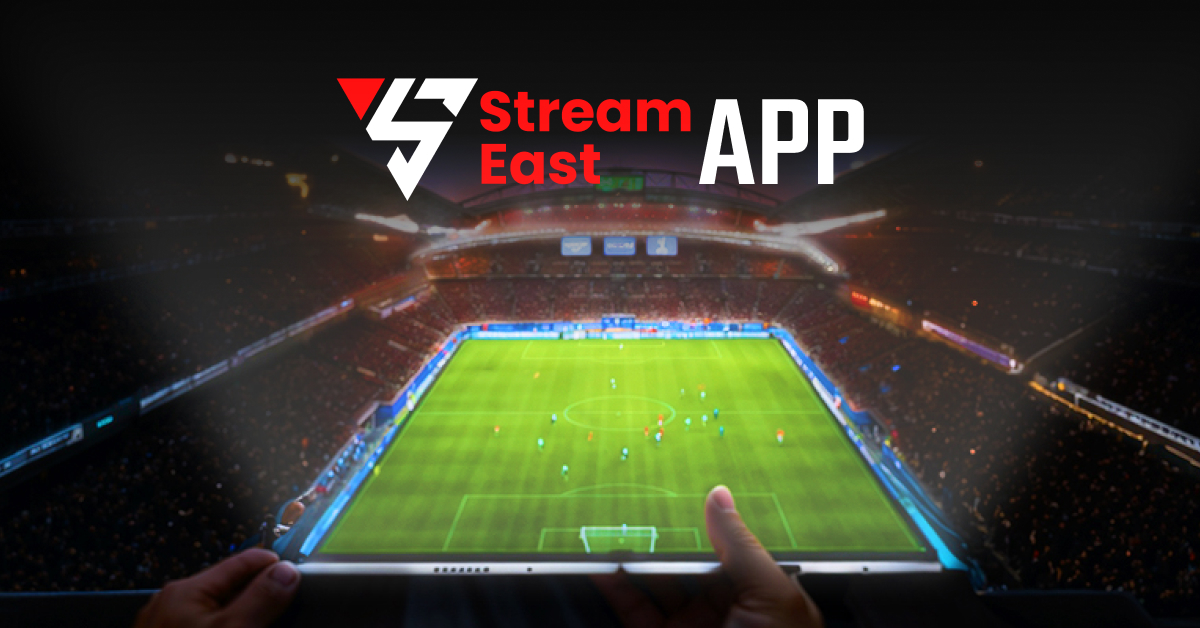Education has been given the same weight as other industries such as finance and healthcare. This industry has many areas that require improvement with advanced technology. This is particularly important given the rapid growth of the education sector, estimated to be worth $93.76 billion worldwide by 2020.
Blockchain is the most recent technology integration in education. It will be an integral part of all education bodies in the next few years. We will also discuss the unquestionable benefits of Blockchain in education industry.
It is the foundation technology of cryptocurrencies and is recommended for anyone who is new to Blockchain technology. It can also be used to store data, which has benefited many industries, including manufacturing, supply chain, and healthcare, as well as the education sector.
Therefore, let’s discuss the benefits of blockchain in education industry.
Let’s get started.
What is Blockchain Technology?
A blockchain application is Bitcoin, a well-known cryptocurrency. Blockchain is an electronic object that cannot be exchanged to third parties even without the owner’s authorization.
This technology can also be used in education app development for other purposes. Students can learn a skill like poetry or math genius even before they reach high school. These skills can be recognized and rewarded by blockchain-based educational tools.
Smart contracts for grading are another application of blockchain technology in education. Blockchain technology allows educators to program entire exams directly into the system.
The distributed ledger can also be used to record grades and students can take the tests. Although the entire process of grading is possible using computers, the results are stored on the blockchain.
The quality of online education can be improved by using blockchain technology. Blockchain technology can help to improve the quality of online education. By recording accreditations on blockchain, this can help to prevent fraud.
The rewards system is another blockchain-based application for education. Teachers and students can get special credit by using cryptocurrency.
Why blockchain in the Education Industry?
When security concerns arise, blockchain is the first thing that comes to mind. Data breaches can also affect education. Cybercriminals have made student data, including financial information, a very lucrative commodity.
The cybercriminals are also focusing on student verification in education facilities, where fake records and identities can be created. Therefore, student privacy must be protected as much as possible when student data is digitized.
This verification is only applicable to college or school level. There are many other uses. Employers can defend themselves against those who claim to have a degree, but actually don’t. The use of blockchain in education industry through smart contracts development is beneficial to fight fake degrees and qualifications at work.
The Education Industry: Blockchain’s Impact
Blockchain technology in education offers great transparency and security. A blockchain network comprises various nodes. The good news is that data is safe even if a node is compromised.

The following points will help you learn more about the increasing influence of blockchain technology on education.
1. Students Keep a Record of Maintenance
The data about students is extensive. These include their attendance, marks, personal information, curriculum choices, transcripts and certificates. The blockchain securely stores everything, so there’s no need to store records in documents or files.
It is possible for important information to be misplaced if the records are not kept in a physical format. This is not the case with blockchain. Therefore, you can integrate blockchain technology in your organization with the help of blockchain development services to gain robust outcomes.
2. Curating Lessons
Blockchain in education helps to organize lessons and curating them. Smart contracts are used to accomplish this. However, there are various educational applications that are built with smart contracts. So you can also create a smart contract with blockchain technology in education. Which helps automatically encrypt lectures when certain conditions are met.
Each time a course is added to the network, it must first be encoded. The teachers must also assign duties to students. All of these activities are performed automatically. Once completed, each task is checked for accuracy. Students are awarded credits and teachers are paid in cryptocurrency.
3. Allocation of Degrees and Certificates
It is difficult to maintain the traditional form of degrees. This information is stored in the student’s records, so it takes up more space. Cross-verifying student information about their qualifications is possible by validating details from students or the relevant authority.
Everything is accessible on the blockchain with blockchain technology. So the organizations don’t have to deal with the candidates for the transcripts/certificates. This makes verification much easier.
4. Ultra-Modern Learning
The days of students sticking to their education plans are gone. The education system is evolving with the times. Today’s students want an advanced education. Traditional education models cannot offer such an education. Blockchain-based education allows learners to learn about the topics and subjects that are trending.
5. Watchful Learning
Our lives are built on decision-making. It is essential in all aspects of our lives, whether it is at work, at home, or for entertainment (such as shopping or playing). Logical learning is the key to this. This helps individuals make better decisions.
Focused learning is a way to lift the spirits of people. This can be used to solve complex MCQs or advanced questions related to science and tech. This increases brain power and memory.
6. Smooth Fees Payment
It is essential to properly manage student fees and scholarships. Secure platforms can be used to facilitate safe transactions. There are two options for payment: cryptocurrencies or the card information. They are safely stored in the cryptocurrency wallet. Transparency is maintained on the blockchain network when transactions are performed.
7. Convenient Learning
Learning should be easy and simple. In the past, students required assistance to get certain education-related materials. Learning has never been easier thanks to modern technology (i.e. blockchain). With the aid of modern devices such as smartphones, laptops/desktops and iPads, it is easy to access information.
Metaverse, a technology that allows students to experience immersive learning, is also responsible for blockchain. This technology allows for enhanced learning in the virtual environment with amazing graphics. These graphics can be accessed in 3D which allows students to gain a comprehensive understanding of the subject.
Blockchain in Education Sector: Benefits
Do you know that integrating blockchain in education mobile application development would significantly benefit your business? Want to know how? Let’s look at the many ways that blockchain can be used in education.
1. Data Security Improvements
Blockchain in education industry has many benefits. One is the security of student records. Because blockchain is a decentralized platform it makes it much harder for unauthorized parties to gain access to the data. This is especially significant in the education sector, which stores sensitive educational and private data.
Blockchain could be used in education to manage student records. Student records are currently stored in central databases that can be susceptible to data breaches. The risk of data breaches can greatly be reduced by using blockchain to store student records.
2. Verification of Credentials
Another potential application of blockchain technology in education is the authentication of credentials. Validating school credentials currently requires that you contact multiple institutions and then manually review the paperwork. This can be tedious and costly.
The data’s accessibility, immutability and speed can make the verification process easier and more efficient with blockchain. Both employers and educational institutions will benefit from the automation of verification and can save time and money while ensuring that credentials have been validated correctly.
3. Transparency
Blockchain can be used in education to increase transparency in the assessment and grading process. Students can verify their grades’ authenticity by storing grades, assessment data and other information on a decentralized platform. Students can feel confident that their grades have been authenticated and are not altered, which can build trust and confidence in education.
4. Improved Access to Education
Blockchain technology can improve education access for those living in underserved and disadvantaged communities. Blockchain-based systems could be used, for example, to verify credentials of people who don’t have official documentation or may have lost records due to conflict or natural disasters.
This could create better opportunities for education, and employment. Thus, blockchain facilitates maintaining online educational records that promotes lesser chances of errors, and the blockchain development cost is also less.
5. Education Programs can be Customized
Blockchain technology can be used to customize educational programs to meet individual student needs. Blockchain-based systems can be used to track and record student progress and learning history. This allows for personalized learning plans that are tailored to student’s strengths and challenges.
6. Verification of non-Traditional Education
People who wish to progress in their careers may find it helpful to look into other types of education and training than traditional degree programs. There may also be workshops for professional growth and online courses.
It may be easier to verify the validity and value of different types of schooling because the data is stored on a secure and decentralized platform that uses blockchain.
7. Streamlined Credit Transfer
Students may find it difficult and time-consuming to transfer credits across universities. Because the data is unchangeable and easily accessible, E-wallet software makes it easier to transfer credits. This can lead to time and resource savings for both students and educational institutions.
In case you find complexity in implementing the latest technologies into E-wallet for credit transfer, consulting an ewallet development company expert is suggested.
8. Increased Efficiency and Cost-savings
Education institutions can use blockchain to increase efficiency and save money. By automating authentication and speeding up credit transfer, institutions can save time and money. Blockchain adoption can also help lower the risk of fraud and mistakes, which will increase efficiency and reduce expenses.
Education: Challenges to Adopting Blockchain Technology
Even though blockchain has many benefits, it can be difficult to adopt. Students and educators are open to using this revolutionary technology, even if they face challenges with implementation and security. Let’s look at these challenges:

1. Security Concerns
Blockchain is known as one of the most secure technologies. It is however not impervious. Education and finance are completely different industries. Therefore, the security parameters should be tailored to each sector. Blockchain currency’s flexibility and vulnerability might not be compatible with the security parameters for blockchain for education.
Student’s reports and education credentials are highly sensitive. They should be kept in compliance with federal and state data protection laws. Institutions should use extreme caution while storing information and how it is stored.. For better security, additional security measures such as data encryption and permissions should be taken.
2. Scalability Concerns
It is becoming more common to have student data and certificates. It is difficult for education institutions to increase the blockchain’s capabilities in order to meet ever-growing demands. It is simple: As the data grows, more blocks are created, which slows down transactions on the Blockchain platform. Peer to peer verification makes it longer for transactions.
3. Low Adoption Rate
Blockchain is only beneficial to a small number of students. This includes graduates who can save their achievements and accolades in blockchain. To make it possible for organizations to utilize this feature of blockchain education to improve their hiring process, they will need to adopt Blockchain technology.
Businesses will need to invest additional money for this technology, which might not be possible or even beneficial for certain organizations. The fear of incurring additional costs could lead to lower adoption rates.
4. Cost
The adoption of blockchain in education industry ultimately saves money on administrative tasks. The scale of this technology’s adoption and implementation is enormous. It will obviously incur huge costs and also increase the cost to hire a blockchain developer. Some institutions might not be able to spend large sums of money.
Others might find it difficult as the implementation of blockchain technology will require significant changes in their infrastructure. The digital transformation of education towards blockchain adoption will require huge investment at first, which may prevent institutions from adopting the technology.
What’s the Future of Blockchain in Education Industry?
Due to its ability to secure data in a decentralized and transparent manner that is tamper-proof, blockchain technology has received a lot of attention in recent years. Blockchain technology is also being recognized by the education sector. There are many ways it can be used to transform the sector.
Verification of credentials is one of the most important applications of blockchain in education industry. Verifying academic credentials is a cumbersome and time-consuming process.

Students can store their academic records on a blockchain-enabled platform that can be accessed by potential employers and educational institutions. The records will not only be more efficient in verification, but also less likely to be fraudulent.
Micro-credentialing is another potential application of blockchain in education industry. Micro-credentialing allows you to earn credentials for specific skills and knowledge rather than having to complete a degree program. The creation and verification of micro-credentials can be made possible by blockchain technology.
These can be used to prove proficiency in a specific area. This is especially useful for those who want to upskill and reskill. They can get credentials that can be used to demonstrate specific skills that are highly sought after in the job market.
Blockchain technology can also be used to facilitate transparent and secure transactions between educational institutions, students, and faculty. Students can pay tuition fees using cryptocurrency. Transactions can also be tracked on the blockchain to ensure transparency and security. Blockchain can also be used to track financial aid and scholarships.
Conclusion
Blockchains are already changing the economic landscape with cryptocurrencies. This is where distributed ledgers (and smart contracts) will make a significant difference. These are just a few of the many benefits that blockchain platforms can bring to education.
It is possible to implement Blockchain in education industry because the technology is already available. However, if you want to integrate blockchain technology in your educational software, it would be better to consult a blockchain development company.
Frequently Asked Questions
Q1. What Are The main use cases of blockchain in education?
There are several use cases of blockchain in the education sector. Some of them include record keeping, e-transcripts, copyright protection, and more.
Q2. What is the future of blockchain in education?
Blockchain disruption in Edtech will automate course progression and path for learners through smart contracts that are built on blocks. This gives the learners complete control.
Q3. Are decentralized platforms a viable alternative to existing solutions or are they more practical?
Blockchain is currently not a viable solution that can replace all existing solutions. Due to issues such as blockchain bloat, the blockchain platform can be quite resource-intensive. Blockchain distributed ledger technology is far more efficient than other technologies for certain tasks, particularly those that require transparency and data security.






























